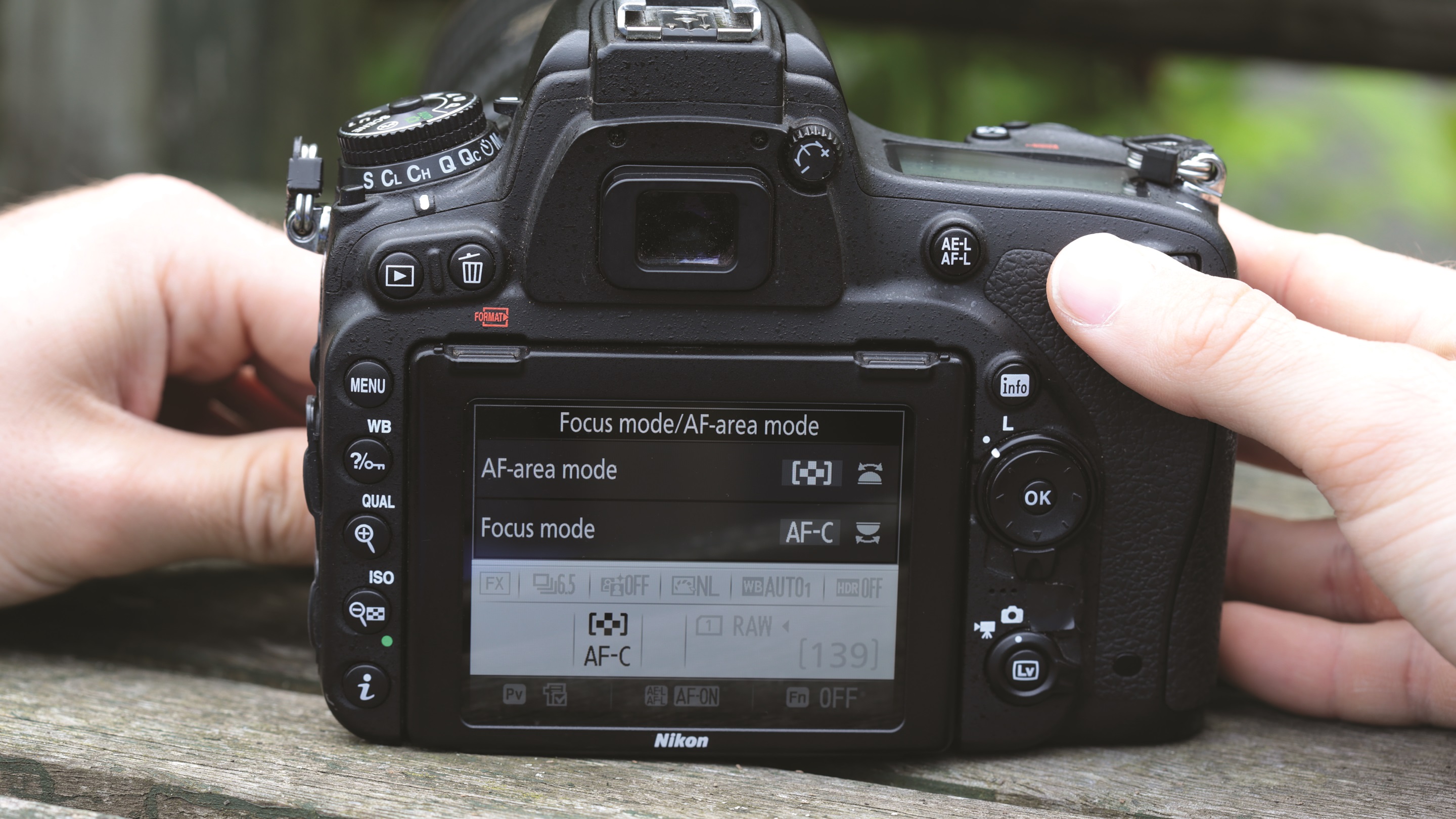Watch the video: freeze birds in flight with fast shutter speeds
Mastering shutter speed is an essential part of the exposure triangle. With it we can freeze motion or blur subjects into long indistinct lines. To freeze the motion you’ll need a fast shutter speed and a moving subject, which makes bird photography the perfect topic to focus on.
In this video tutorial Jason Parnell-Brookes uses his camera, a telephoto lens and a bag of bird seed to show you how to master this technique.
It's a technique that could be easily applied to any number of moving subjects, such as sports players or musicians, so it's valuable for everyone – even if you have no interest in birds.
The quick opening and closing of the shutter captures a tiny slither of time on the image sensor, and if the aperture and ISO are appropriate then the image captures even the fastest of movements as if they were stood still.
However, it’s also possible to get creative and suggest movement with a little blurring by slowing down your shutter speed a touch, so there’s no one right answer when it comes to shutter speed…
01 Location and birds

The easiest place to shoot from is your own home, through a window. If you have the option of doing so it means you can bait the birds with seed and have them come to you. If you can’t do that, though, head down to your local park with some bird feed.
02 Telephoto zoom

Since you’re likely to be a good distance away from your feathered friends, you’ll want to use a telephoto lens to get close in to the action. We’re using a 70-200mm, which gives us a little space around the birds, making it easier to track them in flight, but if you are out in the field you should check out the best lenses for bird photography.
03 Shutter priority

To freeze the action you’ll need to use a fast shutter speed. Follow the law of reciprocals, so if your focal length is 200mm use at least 1/200 sec or faster to freeze movement. Ideally you want your shutter speed as fast as possible for sharp shots.
04 Let the light in

To attain a fast shutter speed, the camera will designate a wide aperture to allow more light into the sensor. Sometimes, though, even with a wide aperture, the image will be too dark at fast shutter speeds – so you’ll need to increase your ISO to compensate.

Longer lenses are generally heavier, so to shoot for longer periods, simply rest the camera on something soft to avoid the lens barrel being scratched. A rolled up shirt or coat is ideal.
05 Autofocus

Choose an autofocus mode with a cluster of AF points grouped together, to give your camera a larger area in which to search for focus. Enabling continuous autofocus also negates the need for constant refocusing with the shutter button, which speeds up shooting and increases your hit rate when the birds are out.
06 Slow down!

Once the fast shots are nailed, it’s time to experiment. Slow down your shutter speed just enough to blur the wings as birds land; here we used 1/100 sec (you may also have to lower your ISO accordingly). This creative use of blurring is quite flattering in the right situation.
More videos:
Photography tips and techniques videos
Bird photography: tips to get great shots of birds in flight
Build a photography bean bag and get stable shots without a tripod
Get the Digital Camera World Newsletter
The best camera deals, reviews, product advice, and unmissable photography news, direct to your inbox!
N-Photo: The Nikon Magazine is a monthly publication that's entirely dedicated to Nikon users. As a 100% independent magazine, you can be assured of unbiased opinion from a trustworthy team of devoted photography experts including editor Adam Waring and Deputy Editor Mike Harris.
Aimed at all users, from camera newcomers to working pros, every issue is packed with practical, Nikon-specific advice for taking better photos, in-depth reviews of Nikon-compatible gear, and inspiring projects and exciting video lessons for mastering camera, lens and Photoshop techniques.
Written by Nikon users for Nikon users, N-Photo is your one-stop shop for everything to do with cameras, lenses, tripods, bags, tips, tricks and techniques to get the most out of your photography.

